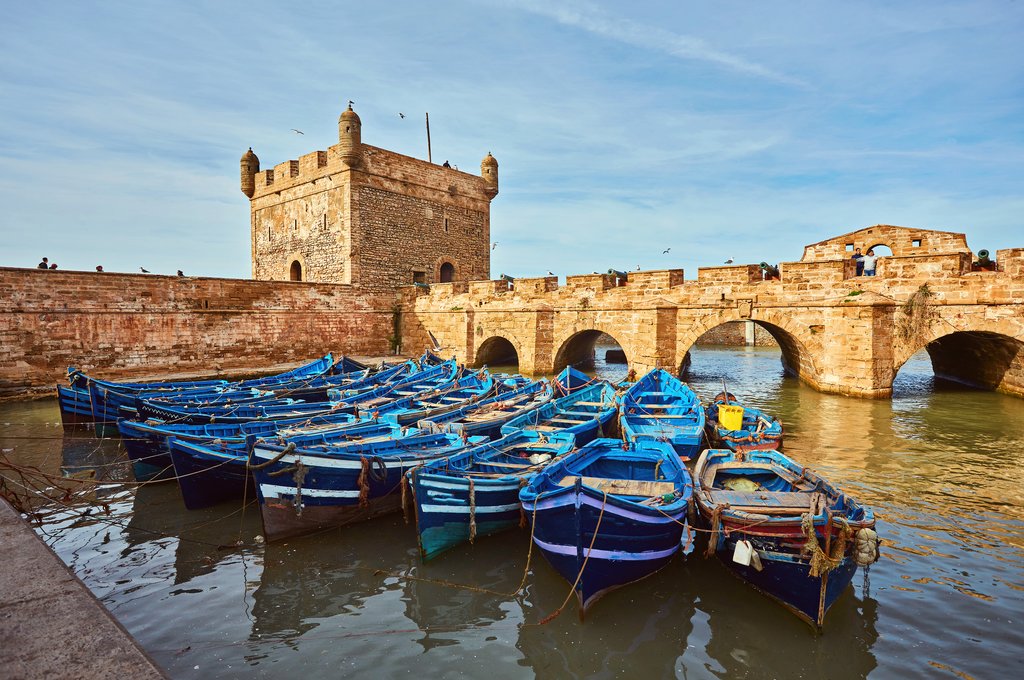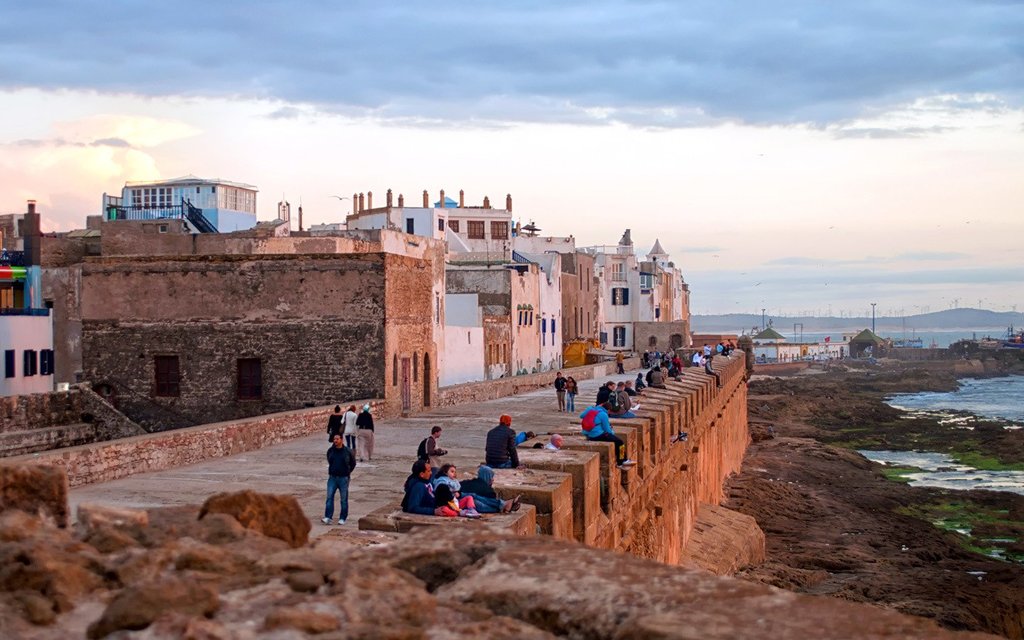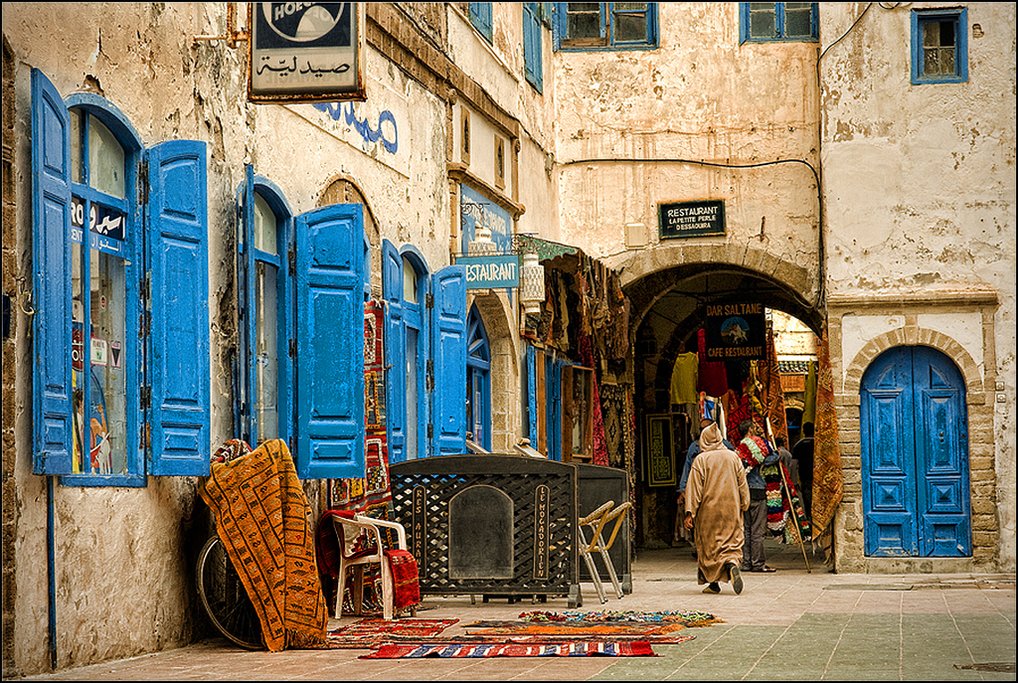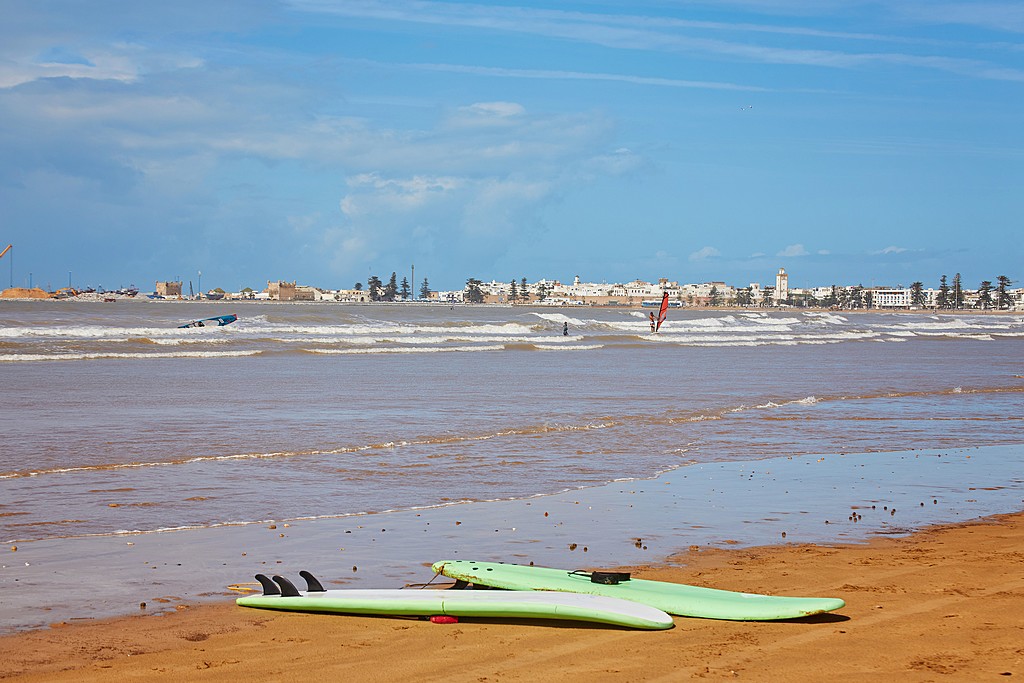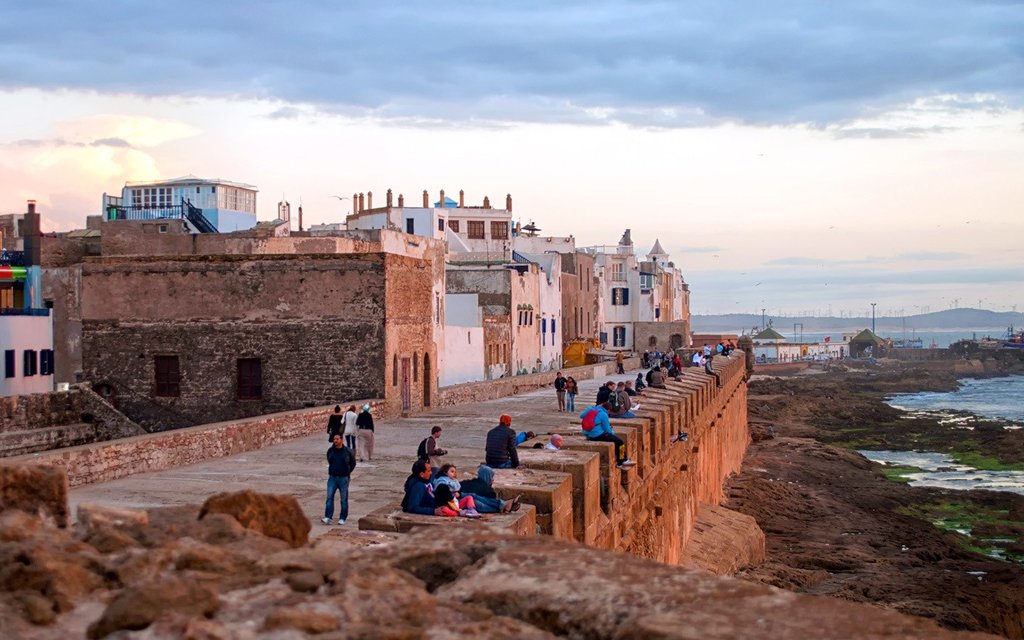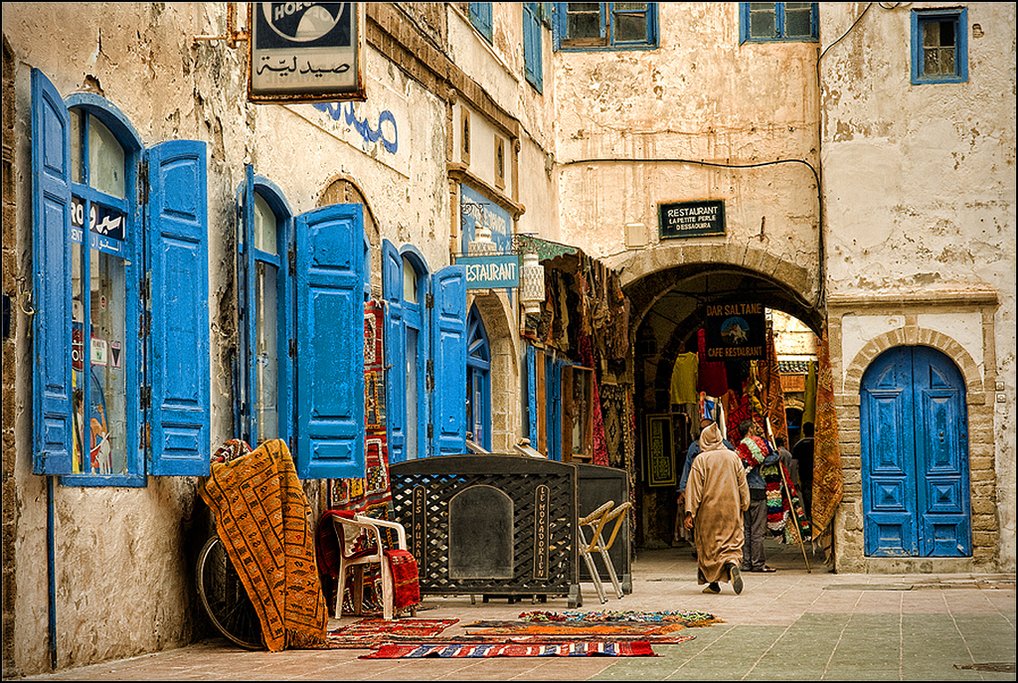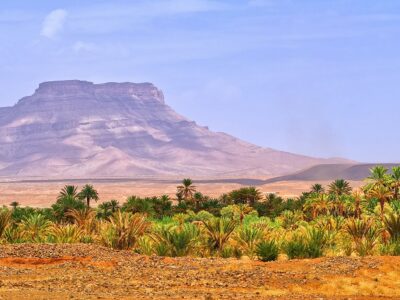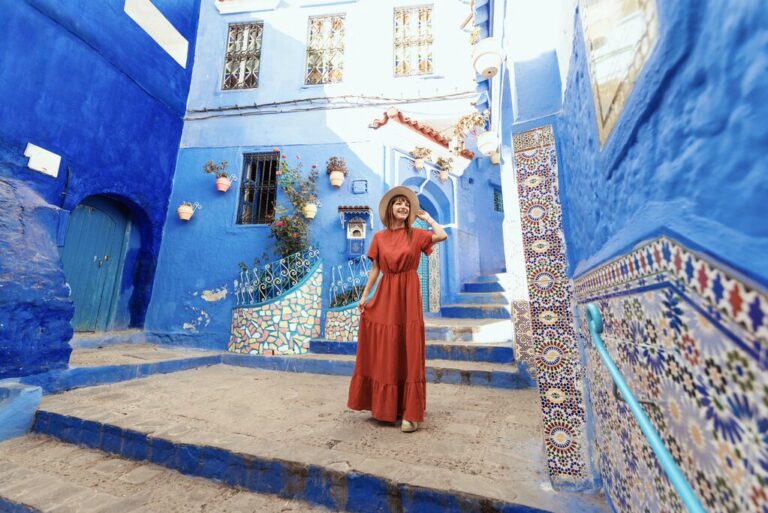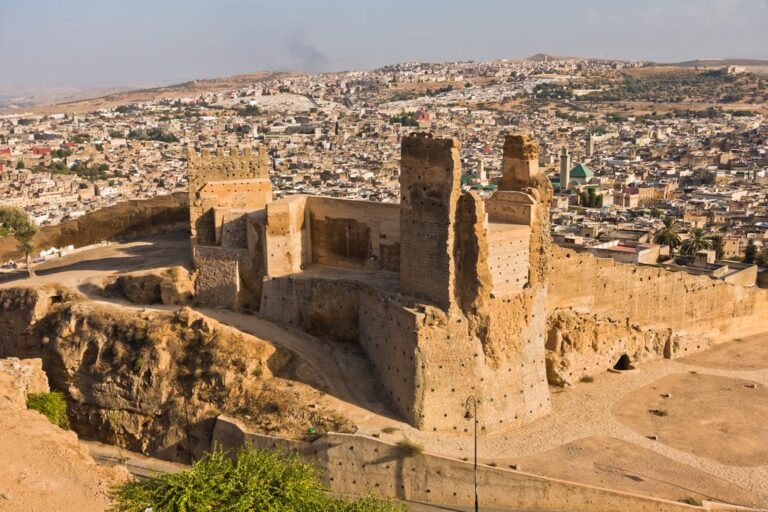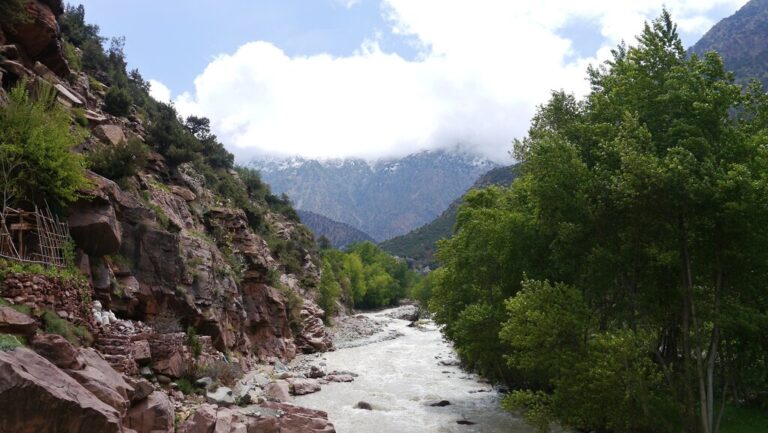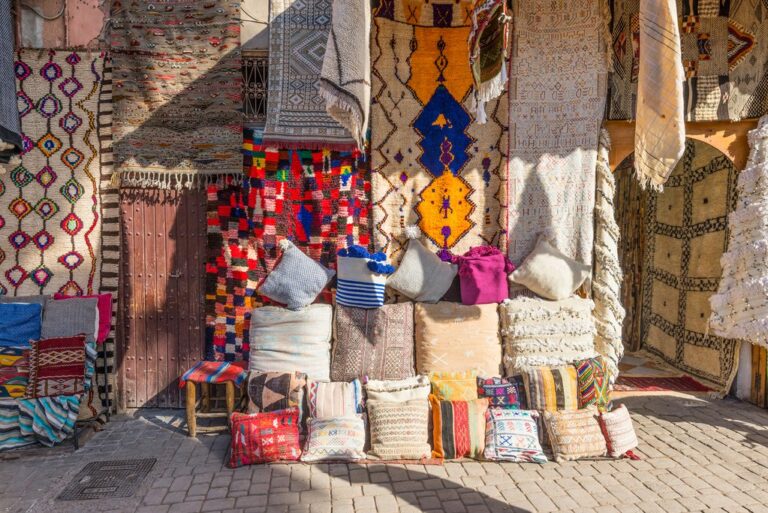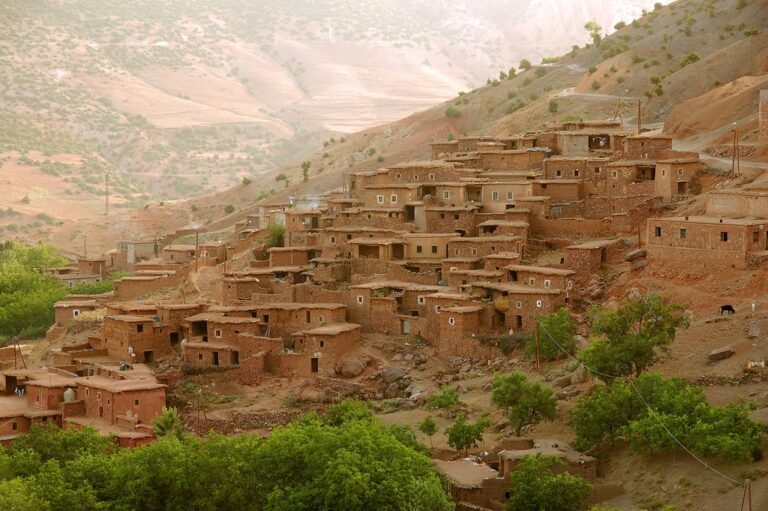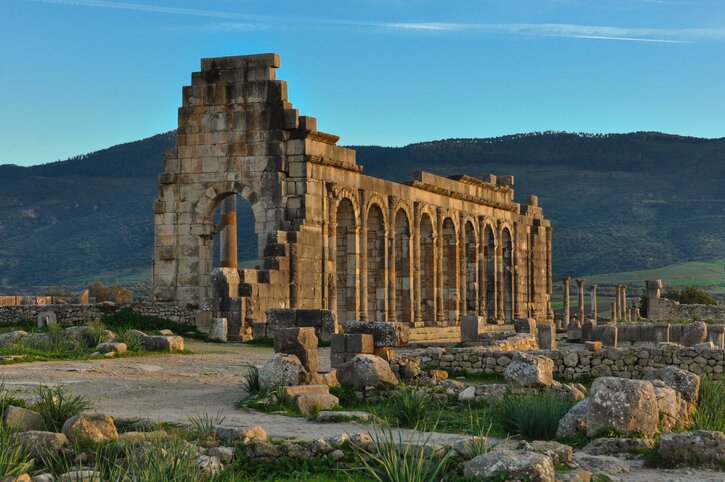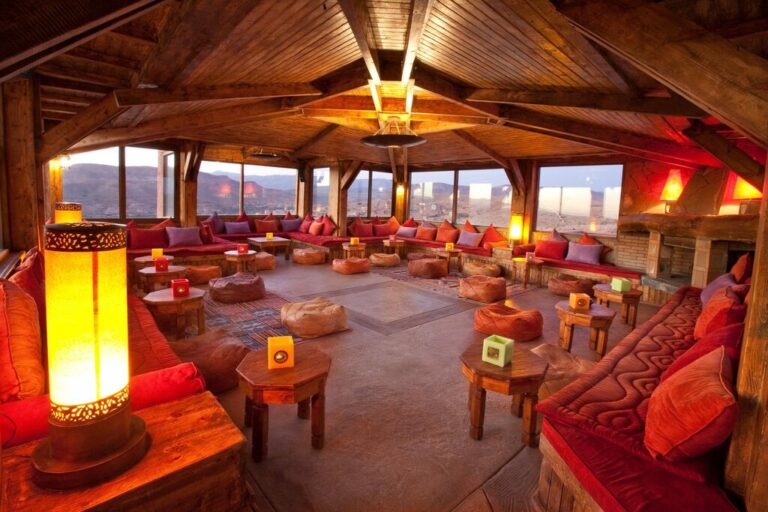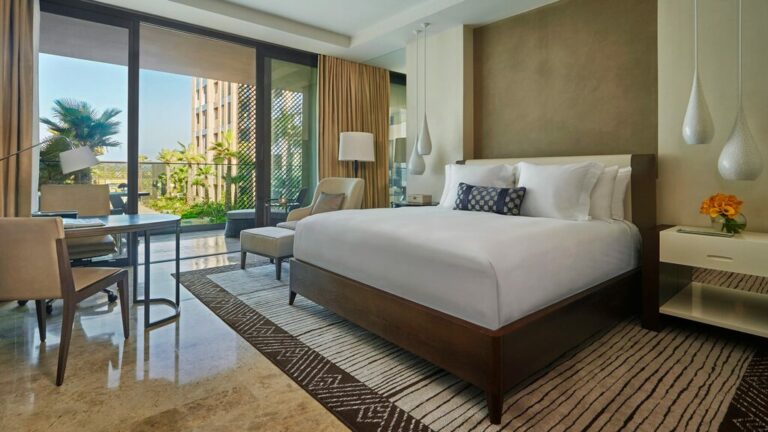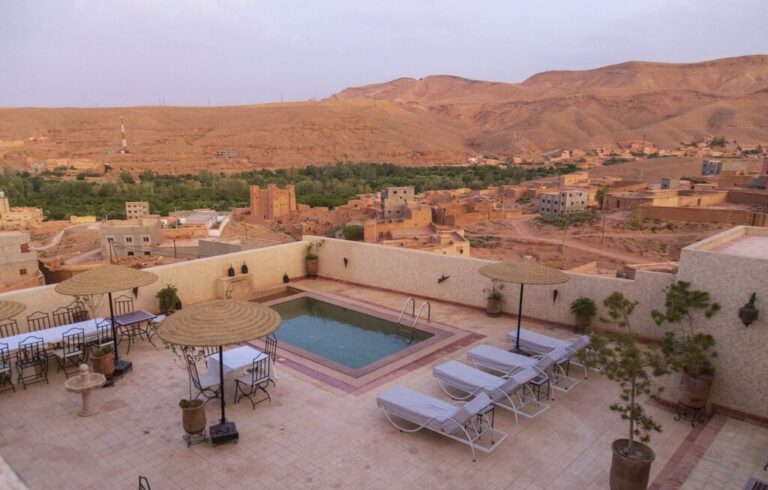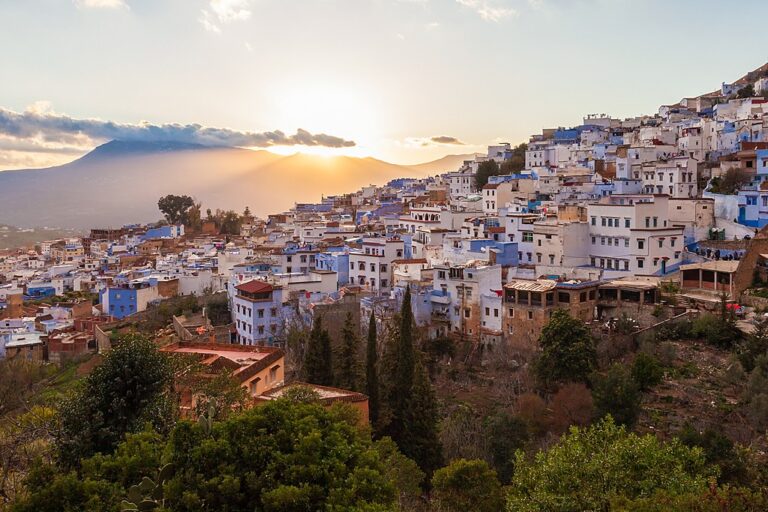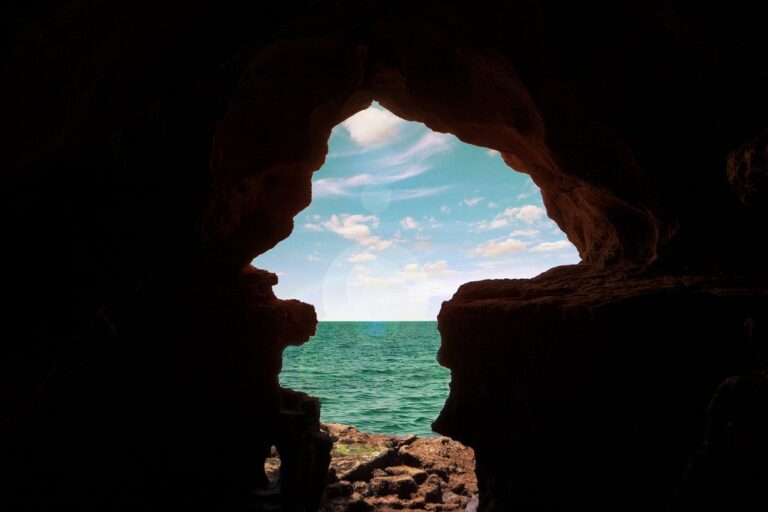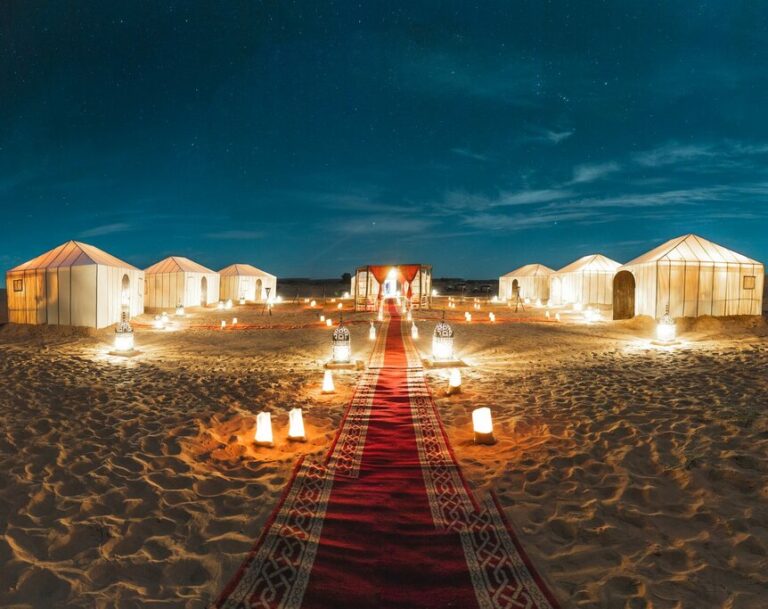Explore Essaouira
Overview
Today’s city began to take shape in the mid-1700s, heavily influenced by both Portuguese and Andalusian styles. Its striking blue and white buildings and flourishing art scene attract free-spirited travelers, especially during the annual Gnaoua and World Music Festival. Thanks to persistent trade winds, Essaouira is also a haven for wind and kitesurfers.
With a comfortable climate year-round due to its location and wind patterns, the city has avoided mass tourism, remaining a favorite among independent travelers. The earliest settlement dates back to the 7th century BCE with the Phoenicians, and by the 1st century BCE, Juba II had turned it into a hub for producing purple dye.
The Portuguese established a foothold and called the area Mogador. However, it wasn’t until 1760 that Sultan Sidi Mohammed ben Abdallah (Mohammed III) commissioned French architect Théodore Cornut to design the town, its harbor, and defenses in a European style, leading to its name Essaouira, meaning “beautifully designed.”
By 1912, the French protectorate had renamed it Mogador and diverted trade elsewhere, but with Morocco’s independence in 1956, the city reclaimed the name Essaouira. The town gained international attention when Orson Welles filmed Othello here and it became a haven for artists and hippies in the 1970s.
The 30-hectare Medina is a pleasure to explore, with wide sunlit streets, fortified walls, and notable constructions like the Scala de la Ville and Scala du Port. You’ll find lively souks, vibrant plazas, and artisan shops offering argan oil, Amlou, ceramics, and more. Don’t miss the colorful Spice Souk, selling everything from Berber cosmetics to healing herbs.
Strolling through Mulay El-Hassan Square, you’ll be surrounded by local eateries and old-world charm. Visit the historic Castelo Real of Mogador, as well as the Borj El Barmil and Skala de la Kasbah. Dive into the city’s Jewish heritage by visiting Rabbi Haim Pinto Synagogue and exploring the Mellah. Other historical synagogues include Slat Attia and Slat Lkahal Mogador.
Marvel at the Porte de la Marine and nearby Scala du Port, both integral to the city’s seafaring identity. Observe traditional boatbuilding in the port, where craftsmen still create seaworthy wooden vessels used across Morocco—and even in Europe. The bustling fish auction just outside the port adds to the sensory experience, and you can savor freshly grilled sardines nearby.
In the 18th century, Essaouira earned the nickname “Port of Timbuctu” as caravans from sub-Saharan Africa ended their journey here before shipping goods to Europe. Once a major sardine exporter, the port now sustains several hundred families, retaining its legacy through traditional shipbuilding.
Finally, walk along the broad and golden Essaouira Beach, where you can catch views of surfers enjoying the ever-present winds.
A-Activ-27sep2025-253

